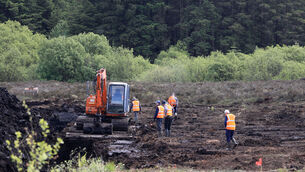Stricken submarine 'not defective'
A stricken Canadian submarine that was among a second-hand fleet sold by Britain's royal navy was not defective, a defence expert claimed today.
Stephen Saunders, editor of Jane’s Fighting Ships, said if there had been any material problems with HMCS Chicoutimi, they would have been picked up during extensive trials.













